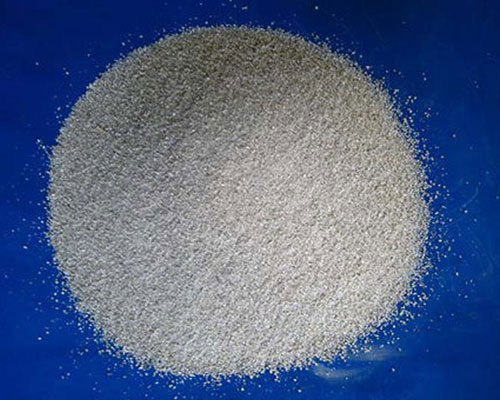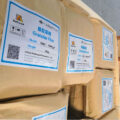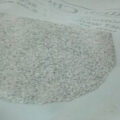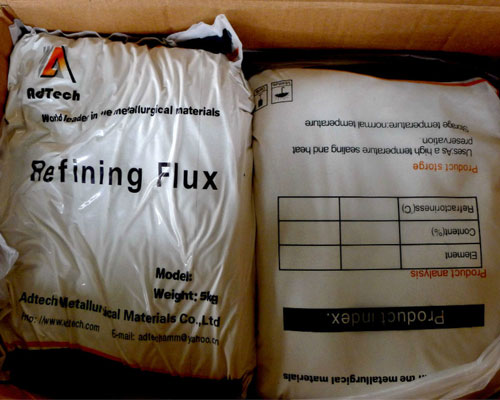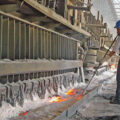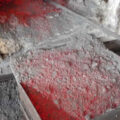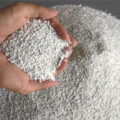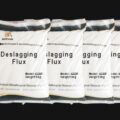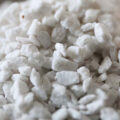Molten aluminum refining agent is the measures to ensure the quality of aluminum degassing process. High quality molten aluminum refining agent can react to form bubbles at about 660 ° C. The bubbles produced are not very violent, but they are evenly generated. Through physical adsorption, these bubbles are in full contact with liquid aluminum. The longer the time, the better. The foaming time is usually 6-8 minutes. When the aluminum alloy is cooled to 300 ℃, the solubility of hydrogen in the aluminum alloy decreases, which is only 1 / 700 of the liquid state. After solidification, the pores produced by hydrogen precipitation are small dispersed pinholes. This does not affect the gas and the machined surface, which is essentially invisible to the naked eye. When the molten aluminum solidifies, the bubbles produced by hydrogen precipitation are relatively large, mainly in the center of final solidification of molten aluminum. Although they are also dispersed, these bubbles usually cause leakage and often lead to workpiece scrapping.
In addition to hydrogen, it is also necessary to prevent moisture and various dirt from entering crucible or furnace, and to eliminate oxide inclusions and hydrogen in molten aluminum. Only by effectively removing the dispersed inclusions suspended in the molten aluminum can the hydrogen increase in the molten aluminum be prevented and the obstacles to hydrogen removal be eliminated, so as to obtain pure molten aluminum and cast qualified castings. During solidification, hydrogen in molten aluminum is partially or completely dissolved in the alloy structure, so no holes are formed in the casting.
Holes and bubbles on the surface can be detected by sandblasting, while holes and bubbles inside can be detected by k-ray fluoroscopy or machining. Holes and bubbles appear black on X-ray film.
When the aluminum alloy solidifies, it can reduce the gas content in aluminum water and prevent a large amount of gas from forming pores on the precipitation surface of aluminum alloy. This is the purpose of aluminum refining process in aluminum alloy melting. If the gas content in molten aluminum is reduced, the amount of gas precipitated in the solidification process will be reduced, and the number of bubbles generated will be reduced and significantly reduced. Therefore, aluminum alloy refining is a very important technology. If the refining quality is good, the pores must be reduced; if the refining quality is poor, the pores must be increased.
When smelting aluminum alloy, we must strive to achieve rapid melting and shorten residence time at high temperature. The filling speed of molten aluminum die casting is too fast, so that the gas in the die cavity can not be completely and stably extruded into the die cavity in time, and the molten aluminum flow also participates in the molten aluminum. Due to the rapid cooling of the aluminum alloy surface, it is wrapped in the solidified aluminum alloy shell and cannot be discharged, forming a large hole.

